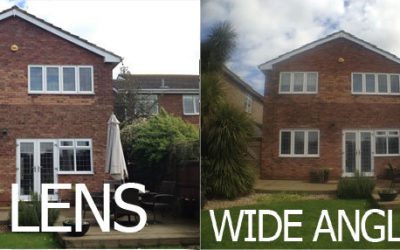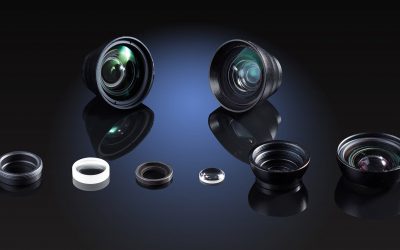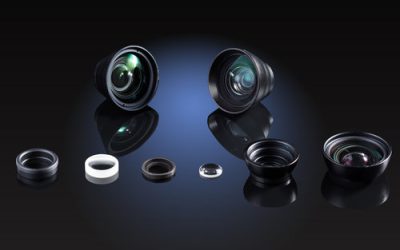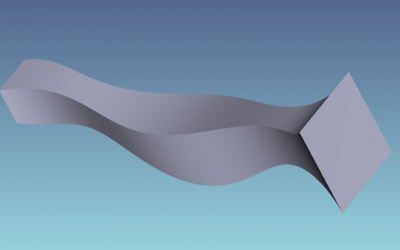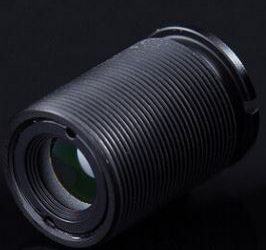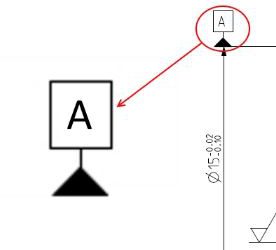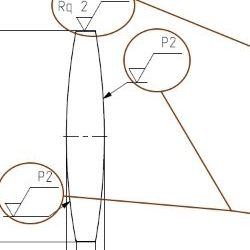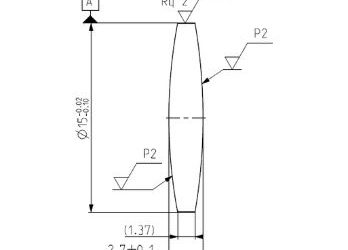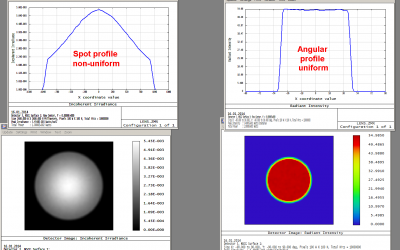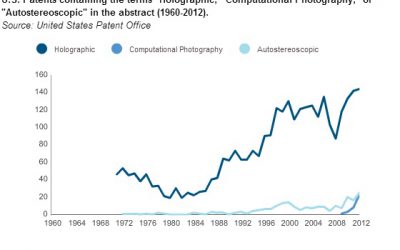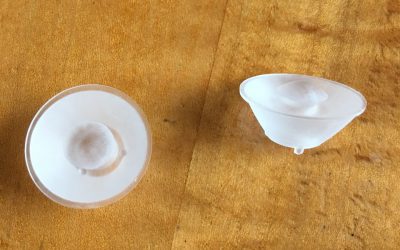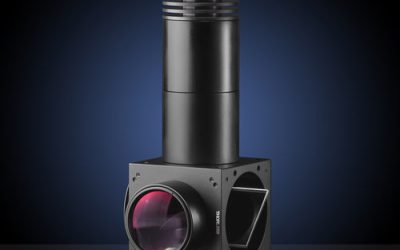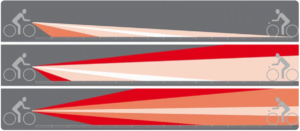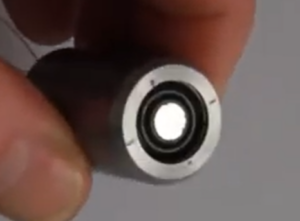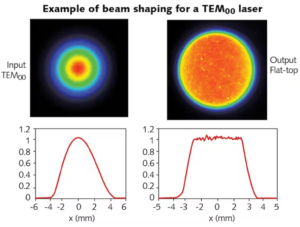As discussed in previous post on smartphone attachment lenses, users of iPhone, Galaxy, HTC One, Nexus 5, and others smartphones cannot interchange lenses to alter focal length like with a SLR camera. However, it is possible to vary the focal length with afocal...
Blog
Infrared and thermal optics material selection
by SergeySidorovich | lens design, optical engineering
The selection of optical materials is a critical step in the design of infrared optics. Traditional optical materials (optical glasses and plastics) used in the design of visible radiation optics aren’t suitable due to their high light absorption coefficient in the...
Designing a custom macro lens for smartphone
by OlegRybakovsky | lens design
As discussed in this post, the design of lens attachments for cell phone cameras presents particular challenges to optical and optomechanical engineers. One common market goal is to decrease the minimum focus distance of a smartphone. In this post, we will discuss key...
Infrared and thermal imaging design
by VasiliKarneichyk | lens design
In the coming weeks, we will be posting about the unique design considerations and material requirements for infrared optical systems. In this post, we will focus on the definitions optical engineers use. Infrared radiation includes electromagnetic waves with...
Lens attachments for smartphone cameras
by OlegRybakovsky | lens design, optical design
In the past several years, smartphone cameras have taken a big step forward. The image quality of the best iPhone, Samsung, and HTC cameras is equivalent to low-priced Canon, Nikon, Pentax, and Sony DSLR cameras. Many prefer taking photos with smartphones due to...
The future of mobile optics, Apple patent filings
by SergeySidorovich | Uncategorized
In recent years, a key differentiator among the competing smart phone manufacturers has been their cameras. A quick look at the marketing for the Apple iphone, Samsung Galaxy, LG, Nokia, and HTC smart phones demonstrates how important outstanding camera performance...
Expanding Zemax Capabilities with User Defined Objects
by AnatoliTrafimuk | illumination, optical engineering, Zemax
To assist with the computation of the paths of millions of light rays, optical engineers use specialized software to design and simulate optical systems. Zemax is the most popular optical design software and the one I prefer. It includes many built-in functions...
Selecting a lens manufacturer
by SergeySidorovich | optical design, optical engineering, optics
Planning for manufacturing The right time to start planning for production is at the start of an optical engineering project. Design is closely tied to manufacturing and early choices will be greatly impacted by the anticipated production method. It is not unusual to...
Optical coating definitions and standards
by SergeySidorovich | optical engineering, lens design, optical design
According to ISO 10110 standard, optical coatings are divided into protective and functional coatings. Protective types are coated onto optical elements when the safety of optical surfaces matters and a functional coating is needed. For example, an optical device to...
Radius of curvature requirement in optical drawings
by SergeySidorovich | lens design, optical design, optical engineering
Based on ISO 10110 standard, one of the key parameters in optical drawings is the radius of curvature of lens surfaces. It is specified on the first line of the surfaces column in the table of parameters. You can click here to review. The lens optical properties are...
Datum Surface In Optical Drawings
by SergeySidorovich | optical design, optical engineering
Updated June 2020. Our recent post described how to read optical production drawings. One of the parameters frequently found in optical drawings, "Datum Surface," should be covered more closely. Datum definition As defined by both ISO and ANSI technical standards,...
Surface texture requirement in optical drawings
by SergeySidorovich | lens design, optical design, optical engineering, optics
Updated June 2020. In our previous article, we discussed how to read optical drawings while in this installment, we will focus on surface finish details. Optical lens performance can be heavily affected by the lens surface roughness. The surface texture symbols are...
Mastering Optics Production Drawings: A Comprehensive Guide to ISO 10110 Standards
by John | lens design, optical engineering
Introduction Optics production drawings play a pivotal role in the manufacturing process of optical components, devices, and systems. These drawings serve as detailed blueprints that guide engineers, technicians, and manufacturers in fabricating precise and...
Fundamentals of Luminaire Design, LightFair
by John | illumination, LED, Zemax
LightFair International (LFI) is the premier lighting exhibition in the US and it draws thousands each year. LFI is equal lighting education and product showcase with the first half of the conference filled with panel discussions, keynote events, and seminars with...
Advanced materials for LED optics
by John | FAQ, illumination
Since the start of the LED lighting revolution, plastic optics have been made primarily from acrylic (PMMA), polycarbonate or a modified version of either material (for example PMMI). More recently, silicon-based optical materials have grown in market share. These...
Could Cree reps be providing incorrect data? (it’s complicated)
by John | LED, optical engineering
Many of our LED optical design projects start with a simple calculation. Basically, we tell a client how much mechanical space they need to reserve for a lens to achieve the beam angle or pattern they want. In all cases, the larger the LED chip, the bigger the optic...
Why spot and beam uniformity are not always equal
For many LED optic projects, a spot size and beam angle can be specified with a single uniformity value. In cases of beam angles above 30 degrees, things get tricky. Please see the images below for an explanation. If you prefer to understand the math... Illuminance is...
Rise And Fall Of Optics Patents At USPTO
A few months ago for no reason other than curiosity, we decided to see how optical technologies past and present mapped to patent awards from the USPTO. Could we see trends? We went back to 1960 and looked on an annual (not cumulative) basis for the number of times...
How to specify an LED optic
by John | illumination, LED
6 questions to consider for writing a good requirements document for an LED illumination project, by John Ellis founder of Optics for Hire Need assistance designing a custom illumination optic, lens or light pipe? Learn more about our design services here. 6 questions...
How to specify a custom imaging lens
7 key specifications when working with an optical engineer to design a custom imaging lens for your application. Questions we ask at www.opticsforhire.com that apply to any optics project. Need help? Click here to learn more about our custom optical engineering...
